Table of Contents:
- Introduction
- The Importance of Physical Activity for a Healthy Heart
- Social and Mental Benefits of Heart-Healthy Activities
- How to Get Started with Heart-Healthy Activities
- Final Thoughts
Did you know that deaths from cardiovascular disease (CVD) surged from 12.1 million in 1990 to 20.5 million in 2021? In recent years, the rise in sedentary lifestyles and poor dietary habits has further escalated heart health concerns. Fortunately, regular physical activity remains one of the most effective ways to promote a healthy heart.
Engaging in heart healthy activities strengthens the heart and reduces the risk of developing heart-related issues like high blood pressure, cholesterol, and diabetes. In this blog, we will discuss the importance of physical activity, different exercises to promote heart health, and steps to get started with healthy heart activities.
Importance of Physical Activity for a Healthy Heart
Regular physical activity is one of the most critical things to do for heart health. It directly impacts various risk factors that contribute to heart disease. Regular movement can help lower blood pressure, reduce cholesterol levels, manage body weight, and improve overall cardiovascular function.
The heart, like any muscle, becomes stronger and more efficient with regular exercise. This means that it can pump blood more effectively, which helps to lower your resting heart rate and maintain better circulation. Physical activity also improves the body’s ability to utilize oxygen, which reduces the strain on the heart.
Cardiovascular Exercises for Heart Health
Cardiovascular or aerobic exercises are vital for heart health. They get your heart pumping and your blood flowing, helping improve circulation, reduce the risk of heart attack or stroke, and enhance overall heart function.
-
Brisk Walking and Running
Brisk walking is one of the simplest and most accessible heart health activities. Walking at a moderate pace for at least 30 minutes five days a week can significantly lower your risk of heart disease. Running, on the other hand, can offer more intense benefits. Studies show that runners have a 45% lower risk of dying from heart disease compared to non-runners.
-
Swimming and Cycling
Swimming is a low-impact activity that strengthens the heart and works out nearly every muscle in your body. It’s ideal for people of all fitness levels and is gentle on the joints. Cycling, whether outdoors or on a stationary bike, is another heart-pumping exercise that improves cardiovascular endurance while helping you manage your body weight.
-
Dancing and Aerobics
Engaging in dancing or aerobics is a fun way to keep your heart active. These activities make your heart work harder, improving circulation and reducing bad cholesterol levels (LDL). Plus, they can be done in groups, adding a social element that can boost mental well-being too.
Strength Training for Heart Health
While aerobic activities improve circulation, strength training helps reduce fat, build lean muscle mass, and lower heart disease risk factors like high blood pressure and cholesterol. Thus, proper strength training is also one of the key things to do for a healthy heart.
-
Weight Lifting
Lifting weights two to three times a week helps build muscle strength and improve metabolism, contributing to better heart health. It also reduces belly fat, which is a major risk factor for heart disease. Strength training doesn’t necessarily mean heavy lifting bodyweight exercises like squats and lunges are effective for beginners.
-
Resistance Bands
Using resistance bands for exercises like bicep curls or shoulder presses helps tone muscles and improve heart function without putting excessive strain on the body. Resistance band exercises are an excellent way to incorporate strength training into your routine without needing gym equipment.
-
Bodyweight Exercises
Bodyweight exercises, such as push-ups, squats, and lunges, engage multiple muscle groups, making them effective for cardiovascular health. These exercises help improve body composition and can easily be done at home without any equipment.
Flexibility and Balance Activities for Heart Health
Although stretching and flexibility exercises don’t directly impact heart health, they support cardiovascular exercises by enhancing your ability to perform aerobic and strength-training workouts.
-
Yoga
Yoga is not only good for improving flexibility but also has heart health benefits. Certain types of yoga, such as Vinyasa or power yoga, can raise your heart rate while promoting relaxation and reducing stress both critical for heart health. Additionally, yoga improves balance, which can prevent injuries and enable you to stay active longer.
-
Tai Chi
Tai Chi is a gentle exercise that improves balance, coordination, and mental focus. It’s especially beneficial for older adults looking to stay active without putting too much stress on the joints. While Tai Chi may not directly strengthen your heart muscle, it supports overall physical and mental health, indirectly benefiting your cardiovascular system.
Lifestyle Activities to Promote Heart Health
Staying physically active doesn’t always require an intense workout. Simple lifestyle changes can significantly improve heart health.
-
Walking Instead of Driving
One of the easiest ways to stay active is to walk instead of driving for short trips. This can include walking to the grocery store, walking around your neighborhood, or taking the stairs instead of the elevator. These small changes can accumulate and contribute to better heart health.
-
Gardening
Gardening might seem like a peaceful hobby, but it can actually be a moderate form of physical activity. Tasks such as digging, planting, and weeding require muscle strength and endurance, contributing to overall cardiovascular health.
-
Housework
Even house chores, such as vacuuming or washing the car, can get your heart pumping. These heart activities involve physical movement that helps improve circulation and keeps your body in motion, which is good for your heart.
Also Read: An Ultimate Guide to Cardiac Conduction System
Social and Mental Benefits of Heart-Healthy Activities
Physical activity benefits your heart, but it can also improve your mental health and social connections. Being active with friends or joining a community fitness group can foster a sense of belonging and reduce stress, which are important for heart health.
-
Reducing Stress
Stress is a significant risk factor for heart disease. Regular physical activity, especially in natural environments like parks, can help reduce stress levels and promote relaxation. This lowers blood pressure and reduces the strain on the heart.
-
Building Social Connections
Exercising with others, such as joining a yoga class or a walking group, can be a great way to meet new people and build a support system. Social interaction is vital for mental well-being, and a healthy mind is closely linked to a healthy heart.
How to Get Started with Heart-Healthy Activities
Incorporating healthy heart activities into your daily routine can be simple and sustainable. Here are some practical tips for starting and maintaining a heart-healthy lifestyle.
-
Set Realistic Goals
It’s important to start small and build up gradually. If you’re new to exercise, aim for just 10 minutes a day and gradually increase your time and intensity. Setting achievable goals will keep you motivated.
-
Mix Up Your Routine
Variety is key to making heart healthy activities enjoyable. To keep things interesting, try a mix of walking, cycling, swimming, and strength training. This will help you stay committed in the long run.
-
Listen to Your Body
While exercising is essential, one should not forget to listen to the body and avoid overexertion. Any form of discomfort arising from chest pains or difficulty breathing is a recommendation for immediate stop-exercise and visitation of a doctor.
-
Stay Consistent
Consistency is the most crucial aspect of maintaining heart health through physical activity. Even small, daily activities add up over time and make a significant difference to your heart’s health.
Read More: Bradycardia: Symptoms, Causes & Treatment
Final Thoughts
Promoting heart health through regular physical activity is one of the most effective and natural ways to reduce the risk of heart disease. From aerobic exercises like walking and swimming to strength training and flexibility routines, incorporating various heart healthy activities into your lifestyle can significantly improve your cardiovascular health.
You can also join a community fitness group, do household chores, or take the elevator less often. It’s not much, but even little efforts count. However, sometimes, engaging in strenuous activities can result in severe cardiac conditions, which may require immediate help. Thus, people should also consider taking advanced cardiac life support (ACLS) training to take timely action and save a life.







